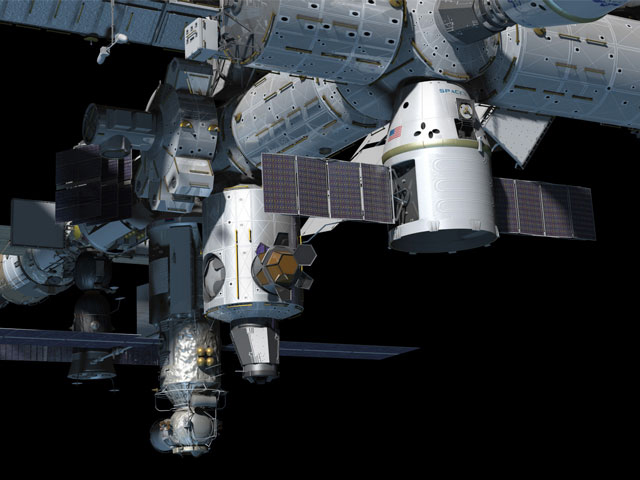
The private spaceflight company SpaceX is set to launch its Dragon capsule toward the International Space Station on Saturday (May 19). If all goes well, Dragon will become the first commercial vehicle ever to dock with the orbiting lab.
But it may not be the last. Dragon is just one vehicle in a new generation of private American spaceships on the horizon. Some aim to launch tourists and scientists to suborbital space, while others are vying to fill the orbital cargo- and crew-carrying void left by the retirement of NASA's iconic space shuttle fleet in July 2011.
The list of future private space travel projects started out short, but has steadily grown longer in in recent years. In addition to SpaceX, at least one other company - Orbital Sciences Corp., of Virginia - has a NASA contract to provide robot cargo ship deliveries to the space station. Companies like XCOR Aerospace and Virgin Galactic have their sights set on the suborbital spaceflight market, while Bigelow Aerospace of Las Vegas hopes to build its own private space stations. [Top 10 Private Spaceships Coming Soon]
Here's a quick look at five of the most promising commercial spacecraft currently in development:
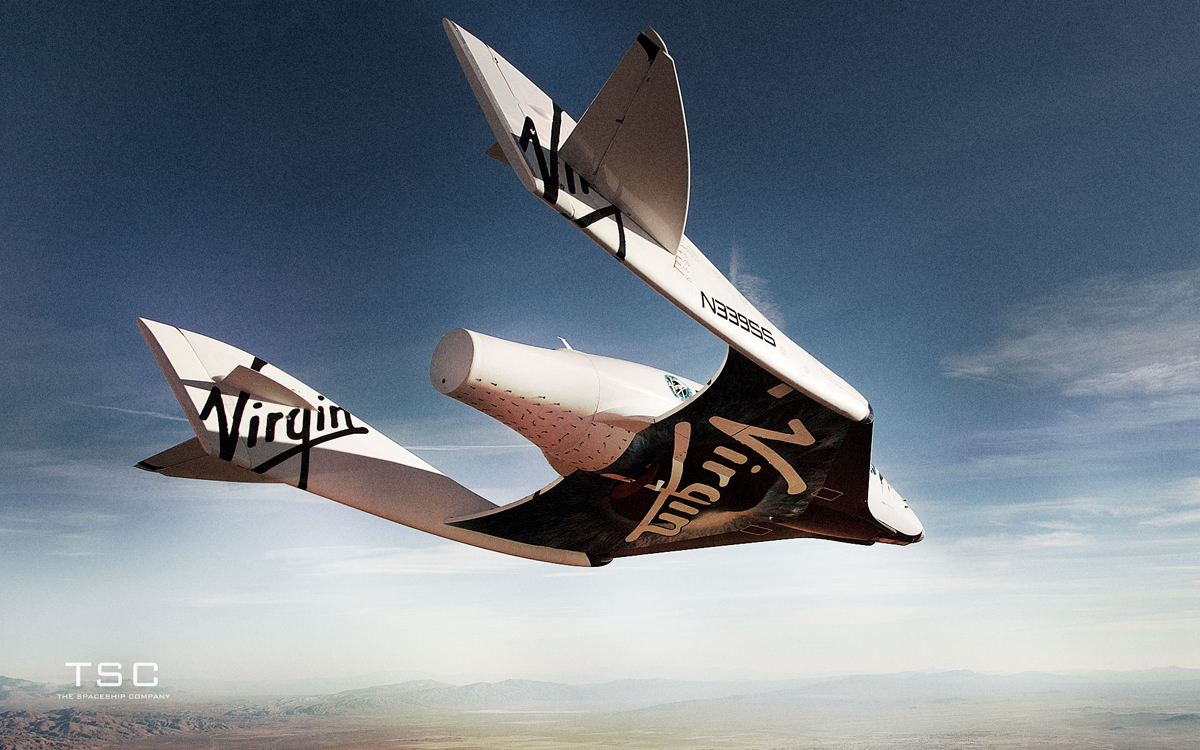
1. SpaceShipTwo
Virgin Galactic's six-passenger SpaceShipTwo is designed to ferry tourists, researchers and their experiments to suborbital space. [Photos: SpaceShipTwo's Test Flights]
SpaceShipTwo will be carried to an altitude of about 50,000 feet (15,000 meters) by a mothership known as WhiteKnightTwo. At that point, the spacecraft's rocket will kick on, boosting SpaceShipTwo up to 62 miles (100 kilometers) or so above Earth's surface.
Get the Space.com Newsletter
Breaking space news, the latest updates on rocket launches, skywatching events and more!
Virgin Galactic has already collected deposits from more than 500 customers willing to pay $200,000 for a seat aboard SpaceShipTwo, and the company also inked a deal with the nonprofit Southwest Research Institute to make scientific flights.
Virgin officials say they hope to begin rocket-powered flight tests of SpaceShipTwo later this year, with commercial operations perhaps starting in 2013 or 2014.
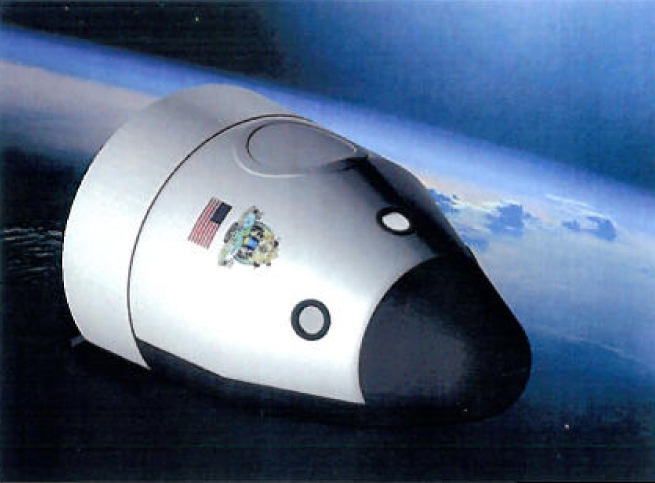
2. The Space Vehicle
Blue Origin, a secretive company set up by Amazon.com founder Jeff Bezos, hopes to ferry NASA astronauts to and from the space station one day with its Space Vehicle.
The Space Vehicle is a biconic craft designed to carry seven passengers, or a mix of cargo and crew. Blue Origin is developing a reusable first-stage booster to help get the spaceship to orbit relatively cheaply.
Company officials have said the Space Vehicle should be ready to begin commercial operations between 2016 and 2018. Blue Origin is also working on a suborbital spacecraft called New Shepard, which would be launched atop a reusable propulsion module.
The company has received more than $25 million over the last two years from NASA's Commercial Crew Development (CCDev) program to help its efforts along.
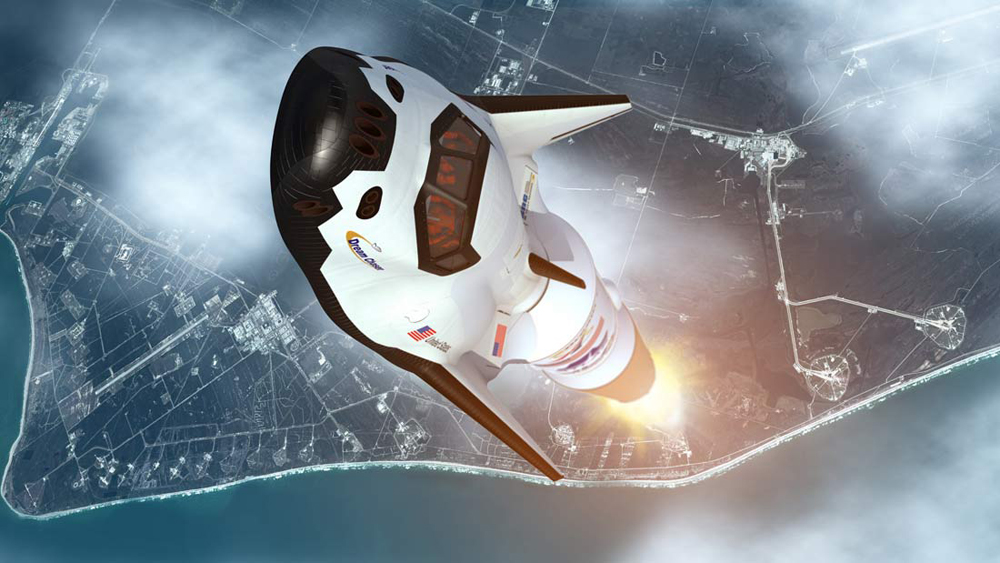
3. Dream Chaser
Sierra Nevada's Dream Chaser is a small space plane designed to carry seven astronauts to and from low-Earth orbit. The spacecraft, which is based on a NASA concept vehicle from the 1980s called the HL 20, will launch vertically atop a rocket but land on a runway like an airplane.
NASA has granted Sierra Nevada more than $100 million in CCDev funding over the past two years to aid in the Dream Chaser's development. Company officials say the space plane should be ready to begin operations by 2016.
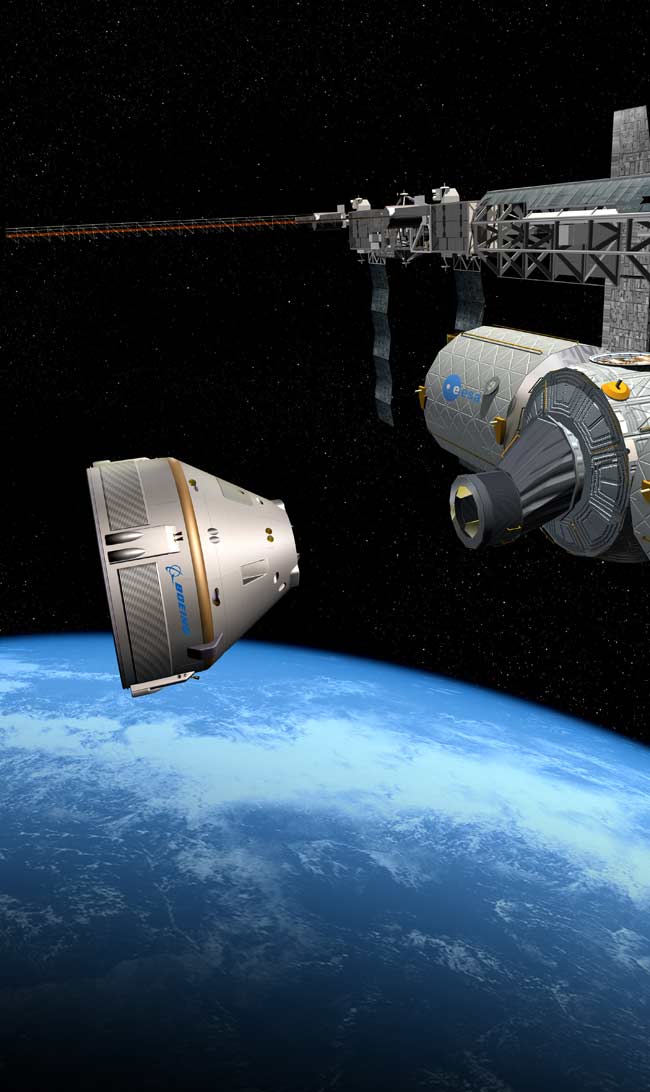
4. CST-100
Aerospace giant Boeing is developing a space capsule called the CST-100 to ferry astronauts to and from the space station and other destinations in low-Earth orbit.
NASA's CCDev program has invested roughly $120 million in the CST-100 capsule, which is designed to seat up to seven passengers. The spacecraft, which measures 14.8 feet (4.5 meters) across at its widest point, utilizes proven technology from NASA's Apollo and space shuttle programs, Boeing officials have said.
The CST-100 is expected to make ground landings, though it will also be capable of ocean splashdowns in emergency situations. Each individual capsule is designed to make 10 spaceflights, and the CST-100 could be operational by 2016.
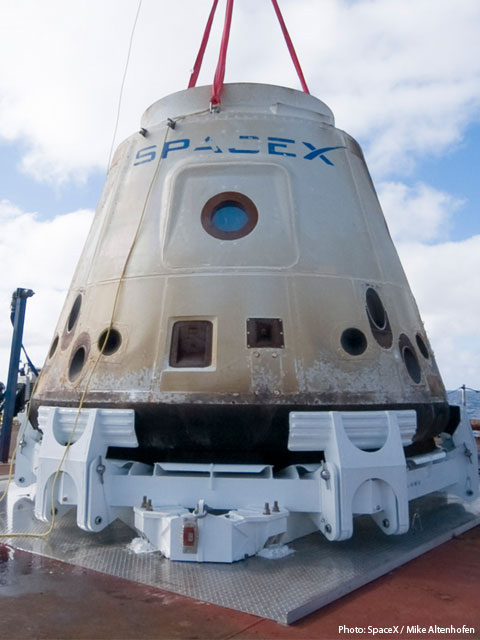
5. Dragon
Last, but not least, California-based SpaceX is developing its Dragon capsule to carry cargo and crew to low-Earth orbit and beyond.
The company holds a $1.6 billion contract to make 12 unmanned cargo flights to the space station for NASA. Saturday's flight is a demonstration mission to see if Dragon and SpaceX's Falcon 9 rocket are ready to start making those bona fide supply runs, which could begin later this year if all goes well.
The crewed version of Dragon is designed to carry up to seven astronauts to the orbiting lab or deep space destinations such as Mars. SpaceX CEO Elon Musk has said he founded the company with the primary goal of helping humanity become a multiplanet species.
Last year, NASA's CCDev program gave SpaceX $75 million to help the company upgrade Dragon to carry crew.
You can follow SPACE.com senior writer Mike Wall on Twitter: @michaeldwall. Follow SPACE.com for the latest in space science and exploration news on Twitter @Spacedotcom and on Facebook.
Join our Space Forums to keep talking space on the latest missions, night sky and more! And if you have a news tip, correction or comment, let us know at: community@space.com.

Michael Wall is a Senior Space Writer with Space.com and joined the team in 2010. He primarily covers exoplanets, spaceflight and military space, but has been known to dabble in the space art beat. His book about the search for alien life, "Out There," was published on Nov. 13, 2018. Before becoming a science writer, Michael worked as a herpetologist and wildlife biologist. He has a Ph.D. in evolutionary biology from the University of Sydney, Australia, a bachelor's degree from the University of Arizona, and a graduate certificate in science writing from the University of California, Santa Cruz. To find out what his latest project is, you can follow Michael on Twitter.









